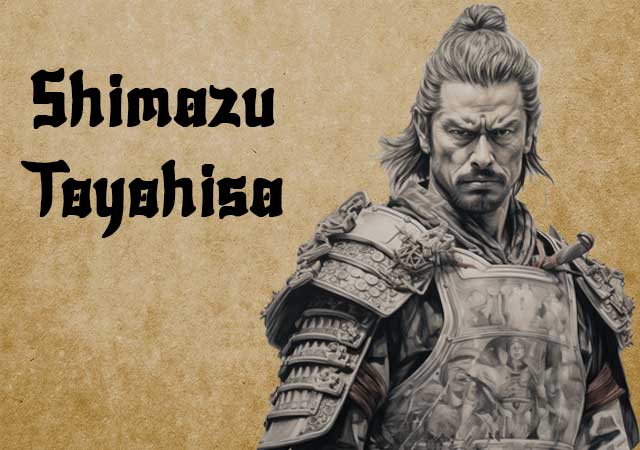
Shimazu Toyohisa (July 1570 – October 21, 1600), also known as Shimazu Tadatoyo, was a samurai of the Shimazu clan and the son of Shimazu Iehisa. He was the nephew of Shimazu Yoshihiro and held command over Sadowara Castle. Known for his valor, Toyohisa participated in numerous key battles of the late Sengoku period, earning recognition for his bravery and tactical acumen.
Early Life and Family
Born as Houjumaru, Toyohisa was later named Shimazu Tadatoyo before adopting the name Toyohisa. His mother was the daughter of Shimazu Tadanaga, making him part of an extensive and influential samurai lineage. Despite his youth, he was regarded as a capable military commander even before his coming-of-age ceremony (genpuku). By age 14, he was already actively involved in military affairs, including hosting Uwai Satokane, a key vassal of the Shimazu clan, in his father's absence.
Military Career
Battle of Okitanawate (1584)
Toyohisa distinguished himself during the Battle of Okitanawate, where the Shimazu forces, led by his father Iehisa, triumphed over the Ryūzōji clan despite being heavily outnumbered. Shimazu Iehisa entrusted Toyohisa with significant responsibilities, even expressing pride in his son’s emerging warrior spirit.
Battle of Hetsugigawa (1587)
At 17, Toyohisa participated in the Battle of Hetsugigawa against Toyotomi Hideyoshi’s advancing forces. Despite being outnumbered, the Shimazu army achieved a decisive victory, killing prominent enemy commanders such as Chōsokabe Nobuchika and Sogō Masayasu. This marked Toyohisa as a rising star within the Shimazu clan.
Service Under Hideyoshi
Following the Shimazu clan's submission to Toyotomi Hideyoshi in 1587, Toyohisa succeeded his father as lord of Sadowara Castle. He continued to serve in Hideyoshi's campaigns, including the 1590 Odawara Campaign and the Korean invasions (1592–1598), where his leadership and bravery in battle further enhanced his reputation. He was noted for his fearless combat, including a celebrated engagement during the Battle of Chilcheollyang, where he boarded and captured an enemy ship.
The Battle of Sekigahara (1600)
Toyohisa fought alongside his uncle Yoshihiro in the pivotal Battle of Sekigahara, aligning with the Western Army. During the battle’s chaos, the Shimazu forces found themselves isolated. As the situation deteriorated, Toyohisa urged Yoshihiro to retreat, declaring his intent to stay behind and cover their withdrawal. Toyohisa’s sacrificial stand ensured Yoshihiro's safe return to Satsuma but cost Toyohisa his life.
Accounts describe his final moments as heroic: leading a desperate charge against the pursuing Eastern Army, he inflicted significant losses before succumbing to injuries. Some records suggest that his remains were later buried at Ruriko-ji Temple, where his grave still stands.
Posthumous Legacy
After his death, Toyohisa's bravery and loyalty were celebrated in Shimazu clan lore. His absence left a leadership void, and his family line eventually became extinct in 1624. Artifacts, including his armor, are preserved in museums and temples as a testament to his legacy.
Historical accounts describe Toyohisa as a "beautiful and brave" warrior, embodying both physical grace and martial prowess. His decisiveness, courage, and loyalty made him a revered figure in Satsuma. His actions, particularly during Sekigahara, cemented his place as one of the most iconic samurai of his era.
Shimazu Toyohisa remains a symbol of unwavering loyalty and self-sacrifice, his life an enduring chapter in the storied history of the Shimazu clan.
See also
-
Yamagata Masakage
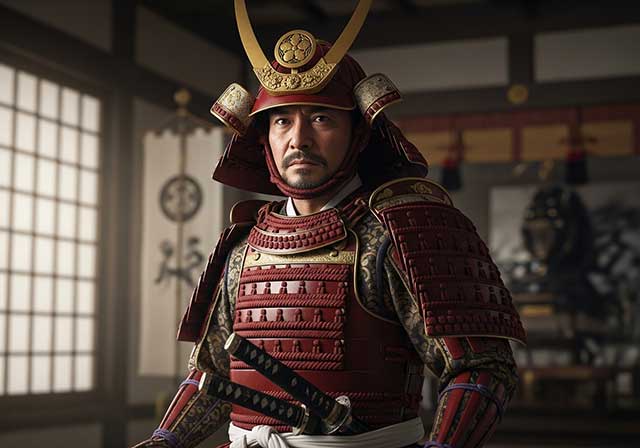
Masakage was one of Takeda Shingen’s most loyal and capable commanders. He was included in the famous list of the “Twenty-Four Generals of Takeda Shingen” and also belonged to the inner circle of four especially trusted warlords known as the Shitennō.
-
Yagyu Munenori
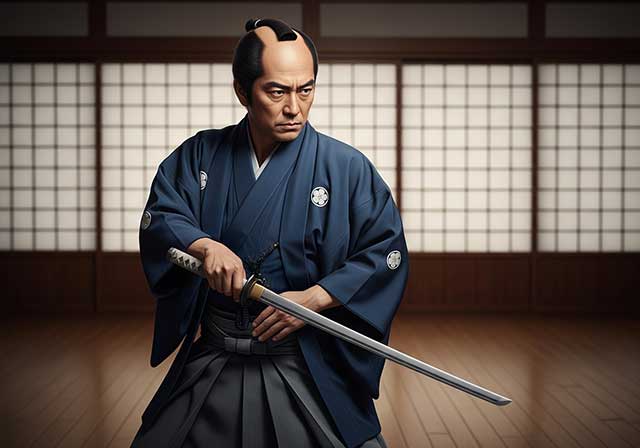
Yagyū Munenori began his service under Tokugawa Ieyasu while his father, Yagyū Muneyoshi, was still at his side. In 1600, Munenori took part in the decisive Battle of Sekigahara. As early as 1601, he was appointed a kenjutsu instructor to Tokugawa Hidetada, Ieyasu’s son, who later became the second shogun of the Tokugawa clan.
-
Yagyu Muneyoshi
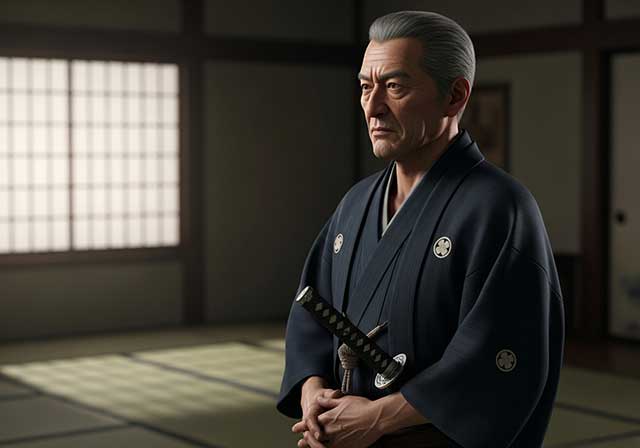
A samurai from Yamato Province, he was born into a family that had been defeated in its struggle against the Tsutsui clan. Muneyoshi first took part in battle at the age of sixteen. Due to circumstances beyond his control, he was forced to enter the service of the Tsutsui house and later served Miyoshi Tōkei. He subsequently came under the command of Matsunaga Hisahide and in time became a vassal first of Oda and later of Toyotomi.
-
Endo Naozune
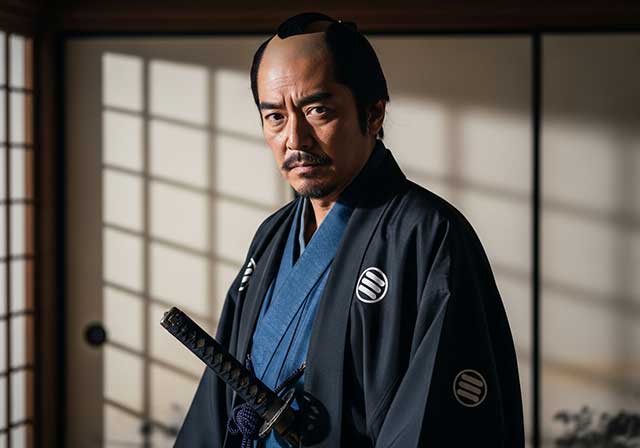
Naozune served under Azai Nagamasa and was one of the clan’s leading vassals, renowned for his bravery and determination. He accompanied Nagamasa during his first meeting with Oda Nobunaga and at that time asked for permission to kill Nobunaga, fearing him as an extremely dangerous man; however, Nagamasa did not grant this request.
-
Hosokawa Sumimoto
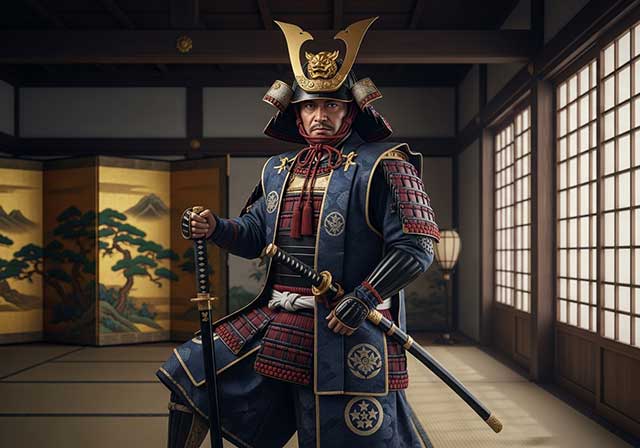
Sumimoto came from the Hosokawa clan: he was the biological son of Hosokawa Yoshiharu and at the same time the adopted son of Hosokawa Masamoto, the heir of Hosokawa Katsumoto, one of the principal instigators of the Ōnin War. Masamoto was homosexual, never married, and had no children of his own. At first he adopted Sumiyuki, a scion of the aristocratic Kujō family, but this choice provoked dissatisfaction and sharp criticism from the senior vassals of the Hosokawa house. As a result, Masamoto changed his decision and proclaimed Sumimoto as his heir, a representative of a collateral branch of the Hosokawa clan that had long been based in Awa Province on the island of Shikoku. Almost immediately after this, the boy became entangled in a complex and bitter web of political intrigue.
-
Honda Masanobu
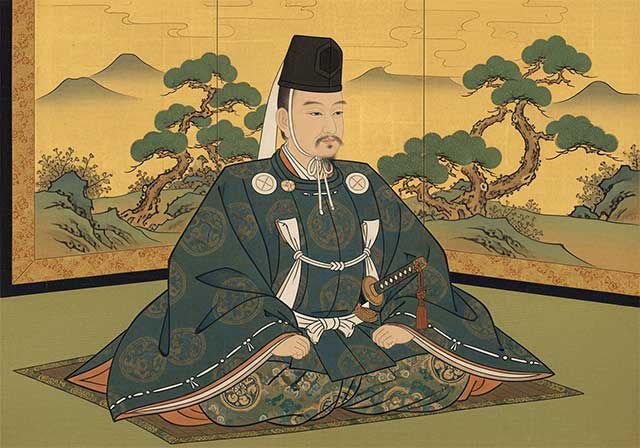
Masanobu initially belonged to the retinue of Tokugawa Ieyasu, but later entered the service of Sakai Shōgen, a daimyo and priest from Ueno. This shift automatically made him an enemy of Ieyasu, who was engaged in conflict with the Ikkō-ikki movement in Mikawa Province. After the Ikkō-ikki were defeated in 1564, Masanobu was forced to flee, but in time he returned and once again entered Ieyasu’s service. He did not gain fame as a military commander due to a wound sustained in his youth; nevertheless, over the following fifty years he consistently remained loyal to Ieyasu.
-
Honda Masazumi
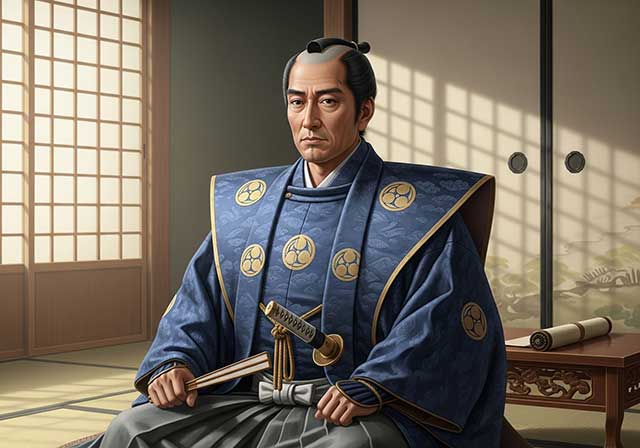
Masazumi was the eldest son of Honda Masanobu. From a young age, he served Tokugawa Ieyasu alongside his father, taking part in the affairs of the Tokugawa house and gradually gaining experience in both military and administrative matters. At the decisive Battle of Sekigahara in 1600, Masazumi was part of the core Tokugawa forces, a clear sign of the high level of trust Ieyasu placed in him. After the campaign ended, he was given a highly sensitive assignment—serving in the guard of the defeated Ishida Mitsunari, one of Tokugawa’s principal enemies—an obligation that required exceptional reliability and caution.
-
Hojo Shigetoki

Hōjō Shigetoki, the third son of Hōjō Yoshitoki, was still very young—only five years old—when his grandfather Tokimasa became the first member of the Hōjō clan to assume the position of shogunal regent.

